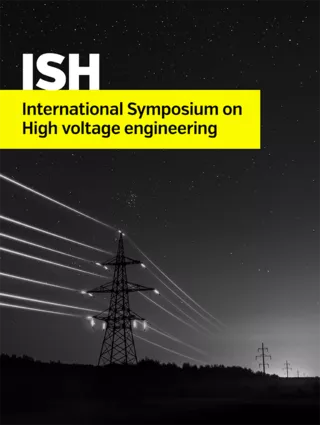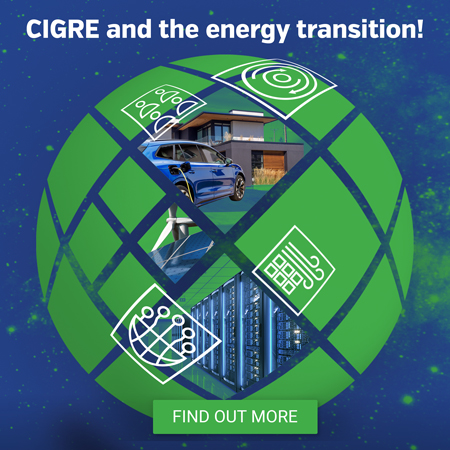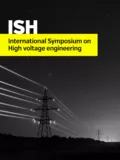Summary
Electrical insulation is arguably the most vulnerable part of the majority of high voltage equipment. Consequently, therefore with the increasing demand for improved reliability and conflicting requirements for miniaturisation versus increased operational voltages, there is need for disruptive technologies in insulation. In that regard research in nanodielectrics has shown promising results of being the new generation electrical insulation to meet the contemporary challenges in electric power engineering. The concept of nanodielectric technology is that by adding appropriate amount of suitable nanometric particles in host conventional insulation, the properties of the resultant composite insulation can be tailored to desired levels. One of the challenges however in the technology remains to be the trial-and-error approach on the research procedures in determining optimal nanofiller loading levels and various possible material combinations. In that regard, various models are still under development in the literature to represent the physiochemical interactions between nanoparticles and host matrix. The models hopefully will aid in more accurate predictions in the engineering of nanodielectric materials. One of the common performance requirements in electrical insulation is the ability to withstand excessive heat and fire. It is in this context that this paper presents some experimental dielectric spectroscopy analysis results of 20 nm diameter boehmite (AlOOHXH2O) particles in epoxy with varying loading levels (0, 2.5, 4, 5, and 6 wt%). This is part of the ongoing work with the objective of exploring possibilities of developing an epoxy based nanocomposite with improved fire retardant properties. Boehmite is known for its good fire resistant properties and therefore it is hypothesised that using boehmite as nanofillers in conventional insulation such as epoxy can produce a nanocomposite with improved fire properties. In order to mitigate challenges of determining the optimal particle loading levels, the material synthesis process in the present work incorporated rheology tests which showed that for the 20 nm particles in epoxy, the optimal loading level lies between 2.5 and 5 wt%. It was found that for the loading levels used, the permittivity and dissipation factor changed marginally with variations in the particle loading levels.
Additional informations
| Publication type | ISH Collection |
|---|---|
| Reference | ISH2017_489 |
| Publication year | |
| Publisher | ISH |
| File size | 803 KB |
| Pages number | 6 |
| Price for non member | Free |
| Price for member | Free |
Authors
KUBIS



